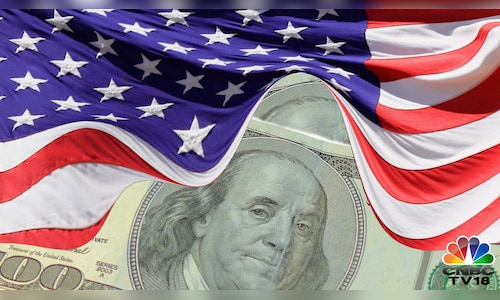[ad_1]
In August, wholesale prices in the US increased by 0.2%, matching economists’ expectations. The producer price index (PPI), which measures the costs producers receive for final demand goods and services, rose in line with the Dow Jones consensus, as reported by the Bureau of Labor Statistics (BLS) on Thursday (September 12).
Excluding volatile categories like food and energy, core PPI increased by 0.3%, slightly above the anticipated 0.2%. The same 0.3% rise was recorded when trade services were excluded, indicating a broader pressure on prices. On a 12-month basis, overall PPI increased by 1.7%, while the annual core rate, excluding food, energy, and trade, rose to 3.3%.
The rise in service prices, particularly a 0.4% monthly increase in services less trade, transportation, and warehousing, was a significant factor behind the gain. A notable contributor was a 4.8% jump in guestroom rental prices. In contrast, goods prices remained flat in August, reversing a 0.6% gain from July.
The release of the PPI data comes after the BLS reported a 0.2% increase in consumer prices for August, aligning with expectations. However, core consumer prices rose by 0.3%, driven primarily by increased shelter-related expenses.
Also read: US consumer inflation slows to lowest rate since February 2021
In related news, the Labor Department revealed that initial unemployment claims rose to 230,000 for the week ending on September 7, slightly higher than the projected 225,000. Continuing claims increased modestly, rising by 5,000 to 1.85 million.
Despite these reports, market expectations indicate that the Federal Reserve is likely to proceed with a quarter-percentage point cut in interest rates when its two-day policy meeting concludes next week. The central bank has targeted its overnight borrowing rate in the range of 5.25-5.5%, with the recent data pushing for a more conservative rate reduction amid concerns about a slowing labour market.
Stock market futures showed little reaction to the inflation data, while Treasury yields moved slightly lower, reflecting ongoing market anticipation of the Fed’s next move.
[ad_2]
Source link










